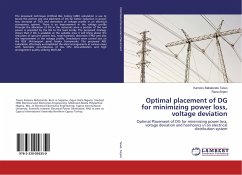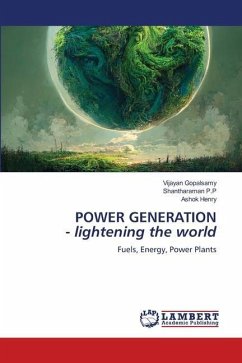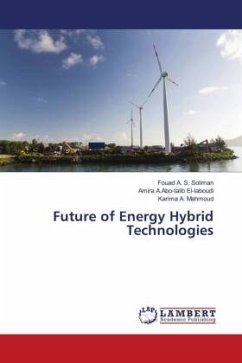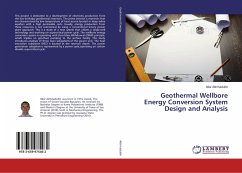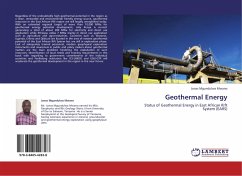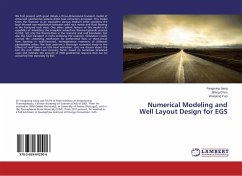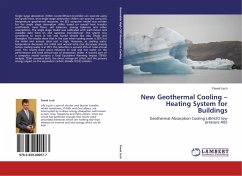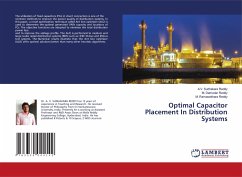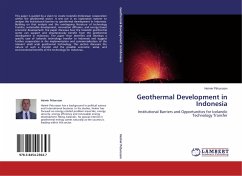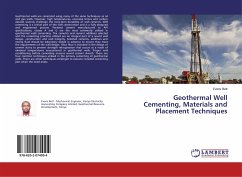
Geothermal Well Cementing, Materials and Placement Techniques
Versandkostenfrei!
Versandfertig in 6-10 Tagen
24,99 €
inkl. MwSt.

PAYBACK Punkte
12 °P sammeln!
Geothermal wells are cemented using many of the same techniques as oil and gas wells. However, high temperatures, corrosive brines and carbon dioxide severely challenge the long-term durability of well cements. Well cementing is a critical part of the well construction and is a fully designed and engineered process. Portland cement manufactured to API specifications, classes A and G are the most commonly utilised in geothermal wells cementing. The cements and cement additives selected and the cementing practices utilized are an integral part of a sound well design, construction and well integr...
Geothermal wells are cemented using many of the same techniques as oil and gas wells. However, high temperatures, corrosive brines and carbon dioxide severely challenge the long-term durability of well cements. Well cementing is a critical part of the well construction and is a fully designed and engineered process. Portland cement manufactured to API specifications, classes A and G are the most commonly utilised in geothermal wells cementing. The cements and cement additives selected and the cementing practices utilized are an integral part of a sound well design, construction and well integrity. Selected cements, additives and mixing fluid should be laboratory tested in advance to ensure they meet the requirements of the well design. Silica flour is included in the design of cement slurry to prevent strength retrogression that occurs as a result of elevated temperatures encountered in geothermal wells. Proper well conditioning before cementing ensures sound cement sheath. Thereare four common techniques utilised in the primary cementing of geothermal wells. There are other techniques employed to execute remedial cementing jobs when the need arises.




